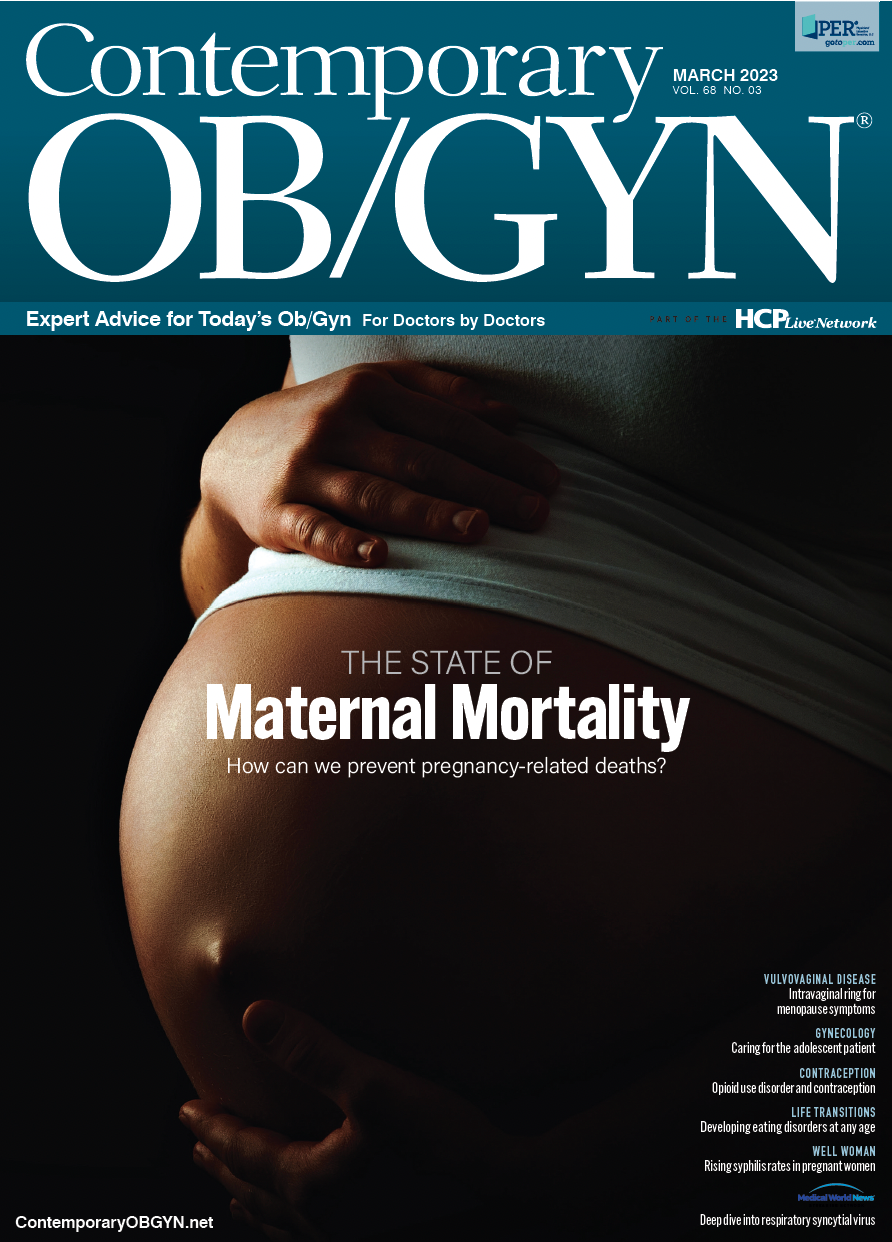Does ospemifene bring relief to vaginal atrophy in postmenopausal women?
A new study suggests that ospemifene can reduce harmful bacteria and significantly contribute to vaginal health in postmenopausal women.
Vulvovaginal atrophy is a condition known all too well by many postmenopausal women, causing thinning, drying and inflammation of the vaginal walls, soreness, itching, burning, and painful sexual intercourse, among other symptoms. It is mainly related to the reduction in estrogen levels that occurs in this female population. Considered an undertreated condition, it occurs in approximately 50% of menopausal women, leading to a marked decrease in quality of life.
In a study conducted between April 2019 and February 2020 at the Gynecology Clinic of Azienda Ospedaliero-Universitaria of Bologna, Italy, investigators looked at the vaginal microbiome profile of 67 postmenopausal White women suffering from vulvovaginal atrophy to assess the effect of both ospemifene, a next generation selective estrogen receptor modulator, and systemic hormone treatment. Participants were aged between 45 and 65 years with a status of physiological menopause. Only patients with vaginal dryness were enrolled, excluding women with urinary symptoms.
Of the study participants, 39 received a diagnosis of atrophy and 28 were considered healthy controls. In the group of women with vulvovaginal atrophy, 20 were prescribed ospemifene and 19 received hormone treatment. A vaginal swab was collected for the assessment of vaginal maturation, with clinical/microbiological analysis repeated after 3 months of treatment.
After treatment of both therapies, the vaginal microbiome of the women showed a significant reduction of Lactobacillus and in increase of Streptococcus and Sneathia, with a positive correlation between the vaginal health index/vaginal maturation index and Lactobacillus increase. Systemic hormone treatment caused changes in minority bacterial groups of the vaginal microbiome, while ospemifene eliminated specific bacterial taxa (Staphylococcus and Clostridium). Both treatments showed an increase of bifidobacterial.
Investigators concluded that both these treatments can lead to vaginal well-being as a result of the decrease of potentially harmful bacteria, combined with the increase of health-promoting microorganisms. Ospemifene was originally approved by the US Food and Drug Administration (FDA) in 2013 to treat moderate to severe dyspareunia as a result of menopause. In 2019, the FDA expanded the use of the drug to include treatment of moderate to severe vaginal dryness. Researchers also noted that further studies should be done to confirm the strength of their results regarding the changes to the vaginal ecosystem due to these interventions.
Reference
Alvisi S, Ceccarani C, Foschi C. Effect of ospemifene on vaginal microbiome in postmenopausal women with vulvovaginal atrophy. Menopause. 2023. Published online January 24, 2023. doi:
10.1097/GME.0000000000002150

Low creatinine-to-cystatin C ratio linked to postmenopausal muscle loss
March 20th 2025A new study finds that postmenopausal women with a reduced creatinine-to-cystatin C ratio experience decreased muscle volume and slower walking speed, highlighting its role as a potential biomarker for muscle health.
Read More
Intentional weight loss linked to lower mortality in postmenopausal women
March 11th 2025A recent study shows that intentional weight loss significantly lowers all-cause, cancer, and cardiovascular mortality risks among postmenopausal women, highlighting the importance of targeted weight management.
Read More
Current treatments for recurrent bacterial vaginosis leave many patients dissatisfied
February 28th 2025A new study presented at ISSWSH highlights patient dissatisfaction with current treatments for recurrent bacterial vaginosis, emphasizing the need for more effective therapies and improved provider communication.
Read More
